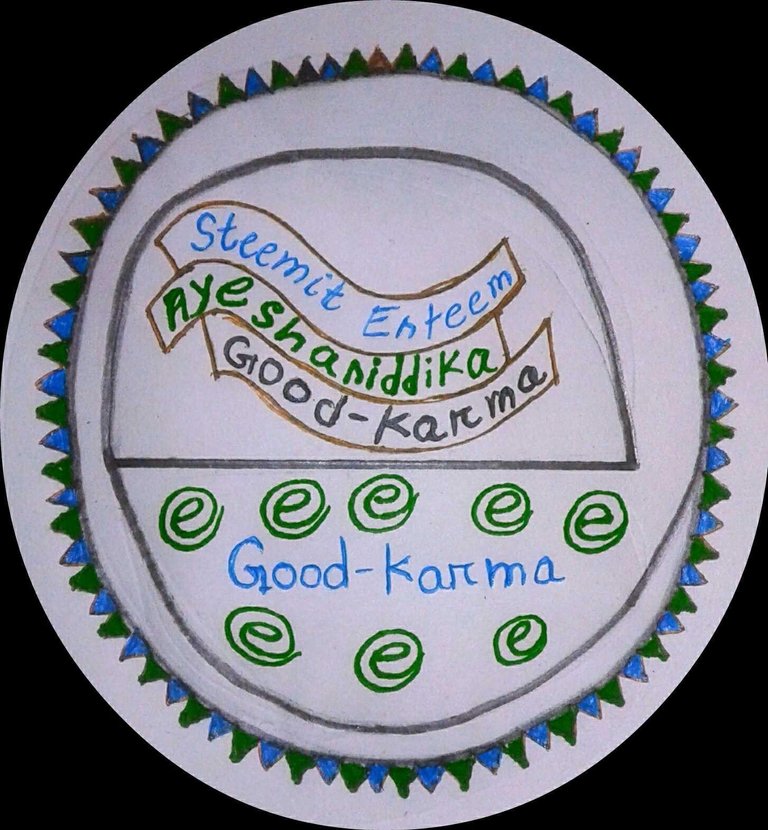Without any special natural disaster, women and children in the coastal areas are at risk of health throughout the year. Retired health officer, who has been working for the long-term treatment in the sub-region. Ebadullah He said that most of the children in the area were pneumonia, diarrhea, jaundice and dermatitis. In addition, there is also more death of maternal mortality.

He added that the increase in salinity is increasing the health of the health of the health. And due to the remote communication system, maternal mothers can not visit health centers in time. And due to the many diseases caused by diseases, 80 percent of the children suffer from malnutrition due to malnutrition. A recent article from Save the Children has been responsible for the plight of Bangladeshi women and children, mainly due to climate change. It has also been said that right now women and children should go to see the harmful effects of climate change in Khulna and Satkhira Aila areas. There is a need to collect salt water without drinking water. They have to walk four to five kilometers. If you do not buy water every 15 to 20 taka. The woman is forced to work hard to collect water. Some areas have to bring water from far and away It is used in boats. And this boat is sent with children. After all, they have to drink saline water in some cases. Apart from eating all other things except eating, salt water. There are many alternative areas for water, but due to salinity it does not last long. Immediately after the disaster, Rashed Reza, a non-governmental organization, described the risk of the baby girl most risk. Immediately after Aila and Siddar, he worked for the rehabilitated people. According to her experience, women were at risk from the day of disaster. While going to the shelter, many people do not want to take refuge in girls' shelter centers. Because of that many people are forced to leave home. Rashed Reza also said that even after coming to the shelter, the risk of women is not reduced.
The first problem was in the problem of pyemiscasha. Mothers are in danger of having children with the same problem Most shelter centers are smaller than the people, the places are less. That is why it is not always possible to monitor the children. Dip in the water and road accidents increase child mortality rates. There are allegations of rape in some shelter centers. According to Save the Children, among the more than three billion people in the 87 upazilas of 19 districts of Bangladesh, one of the risks of climate change. At the moment they need food security to ensure. If you can not do that, children will become more and more sick. Do not get education opportunities. Child labor and child marriage will increase. The fear of becoming merciless in all, the generation of the next generation of Bangladesh. So, the theme of Population Day is that the 'women and children will be in danger before disaster will be preceded'. So, after the prediction of these fears, the Environment Ministry sees the agreement as a positive one at this year's climate conference. However, depending on the behavior of the next countries, the extent of the agreement will reach the people of Bangladesh on the sea coast. Similar talks say officials of environmental organizations of Bangladesh joining the conference But everyone's expectation is to ensure the security of women and children in the crisis of climate change and the problems of climate change.